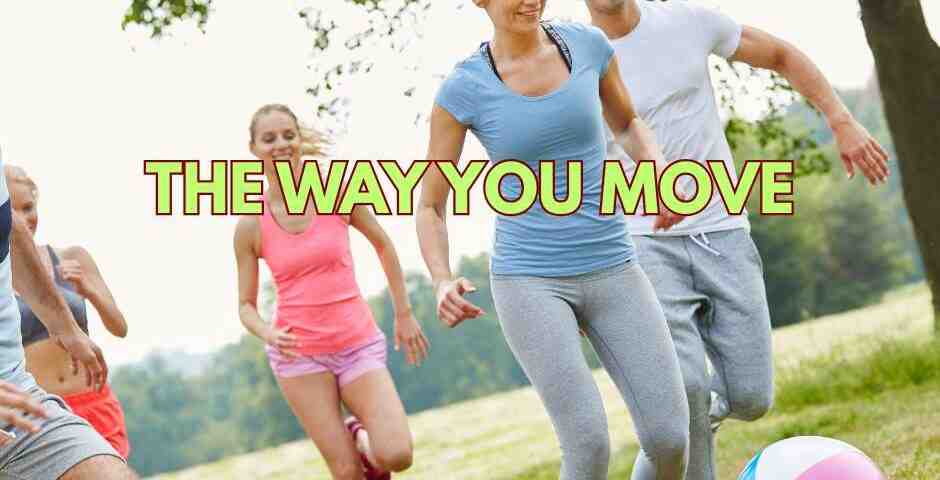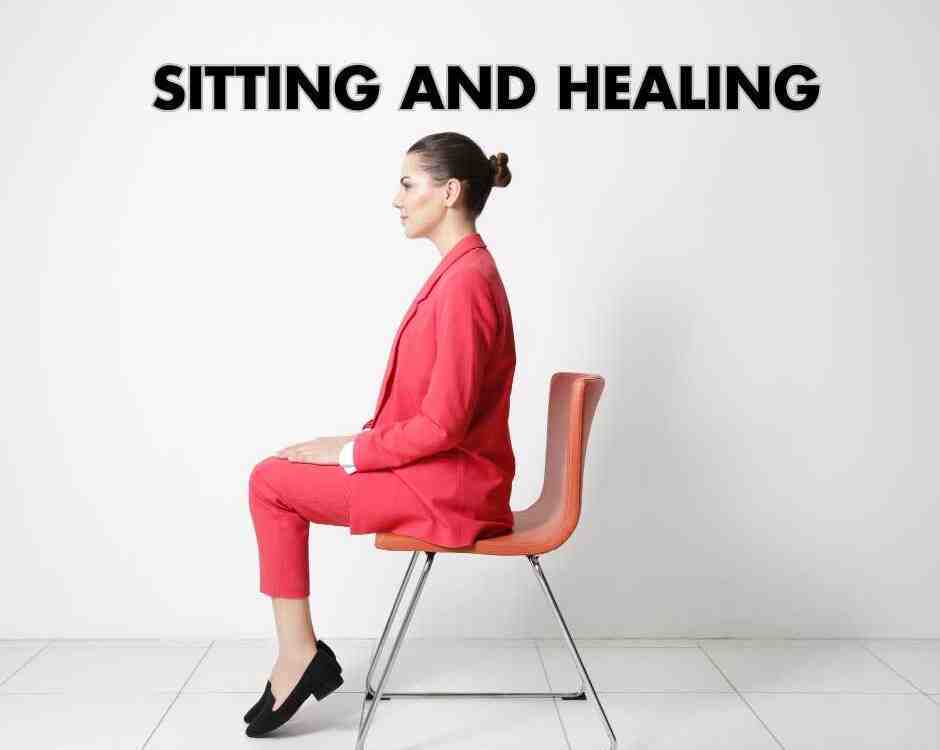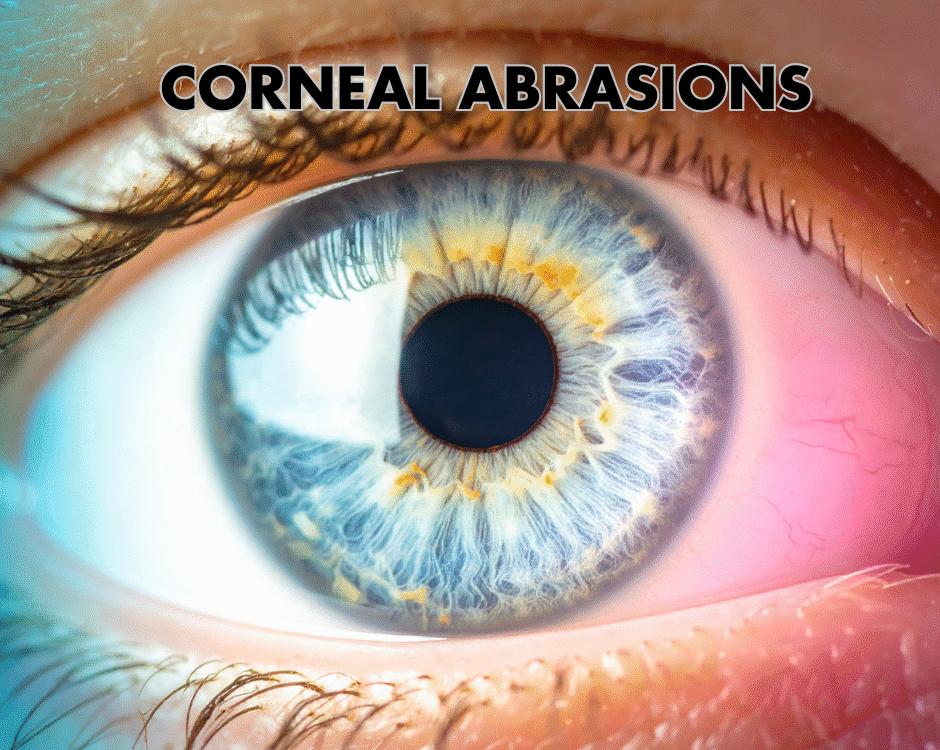The Way You Move

Therapeutic Ultrasound
August 5, 2025
Wild Spinach!
August 12, 2025- Accident doctor
- accupuncture
- airplane headache
- alzheimer's
- best habits
- Brain Injuries
- car accident
- car accidents
- cervical strain
- colds
- concussion
- Concussions
- disc bulge
- dosage meds
- dry needling
- dull pain
- E bike injuries
- florida
- good posture
- headaches
- Headrest positions
- Headrest positions after an accident
- Healthy choices
- Healthy flying
- healthy gift guide
- Healthy SPring Ideas
- hip pain
- hyperextension
- injury doctor
- insurance
- Kayaking
- kentucky
- kids motion sickness
- lifestyle
- motion sickness
- neck injury
- no fault insurance doctor
- noise healing
- osteoporosis
- pain symptoms
- pink noise
- posterior chain
- posture
- prevent osteoporosis
- Rest
- Scoliosis
- shoulder pain
- Stress with kids after a motor vehicle accident
- TBI
- tips
- tmj
- torn muscle
- Traumatic Brain Injury
- trigger points
- VitaminD
- What are Post Traumatic headaches?
The Way You Move
Gait is the unique way a person walks. It is a rhythm that reflects more than just movement and results from the coordinated action of muscles, joints, and the nervous system working together to carry you forward. Whether it is a steady stride or an uneven step, gait offers clues about overall health. If changes or an imbalance occurs following an injury, you may need help from a healthcare provider. Dr. Aaron Workman, a patient favorite at Chambers Medical Group, one of the highest rated car accident medical care teams in Kentucky, discusses what gait is and what it may reveal from one person to the next.
- Indications
Gait can tell you about balance, strength, and coordination. A smooth, even walk suggests good health, while a shuffle or wide stance might hint at weakness or instability. Observing someone’s pace and posture can signal early issues, making it a window into their physical state. Having a medical background that focuses on body biomechanics, this is usually the first thing I noticed when venturing out in the public. The way people walk gives immediate clues to a person’s health.
- Medical Conditions
There are certain conditions that alter gait distinctly. Parkinson’s disease often causes a shuffling step with small strides, while a stroke might lead to dragging one leg or uneven movements. Arthritis can stiffen joints, slowing the walk, and multiple sclerosis may create an unsteady, wobbly gait. Leaning to one side or the other in mid torso could indicate an acute pain, and seeing someone limping with a crutch or specialty boot would typically indicate an acute fracture or recent surgery. Each pattern reflects the underlying challenge, guiding diagnosis.
- Impact of MVA on Gait
In my industry, a motor vehicle accident (MVA) can change gait by injuring muscles, nerves, or joints. A sudden jolt might strain the legs or back, disrupting coordination. Something like a foot or a knee injury could lead to limping or reduced stride length. Following this type of acute injury, gait changes might persist, requiring adaptation. Pain or weakness can force a compensatory limp, while nerve damage might dull your sensation, affecting step precision. Your body may keep this new walking style as it heals, but there are ways to speed recovery from various injuries.
- Supporting Recovery
Gait shifts can signal the need for care. If an MVA has thrown off your walk, Chambers Medical Group can assess the why behind your new movements. Once you learn the most likely cause, a program of therapy can be started to increase needed stability. Stretching tight muscles can ease movement, and strengthening can help stability. There are many instances where recommendations of bracing are given from everything to a knee brace to lumbar bracing. You may also find increased stability through bracing your good parts, so you do not overuse them during recovery.
Gait is more than walking and can provide a story of health told in steps. It reveals balance and strength, reflects conditions like Parkinson’s or stroke, and can shift after an MVA due to injury or pain. These changes might mean a limp or uneven stride, but with the right approach, recovery is possible. If you have found yourself moving differently following an MVA, the doctors at Chambers Medical Group may be able to help. With proper therapy, an unstable gait can get back to a comfortable stride.
— This article is written by Aaron Workman, DC, one of the members of Chambers Medical Group’s team of car accident chiropractors who offer a variety of treatments and therapies ranging from diagnostic testing to various soft tissue therapies for car accidents and injuries in Kentucky.




